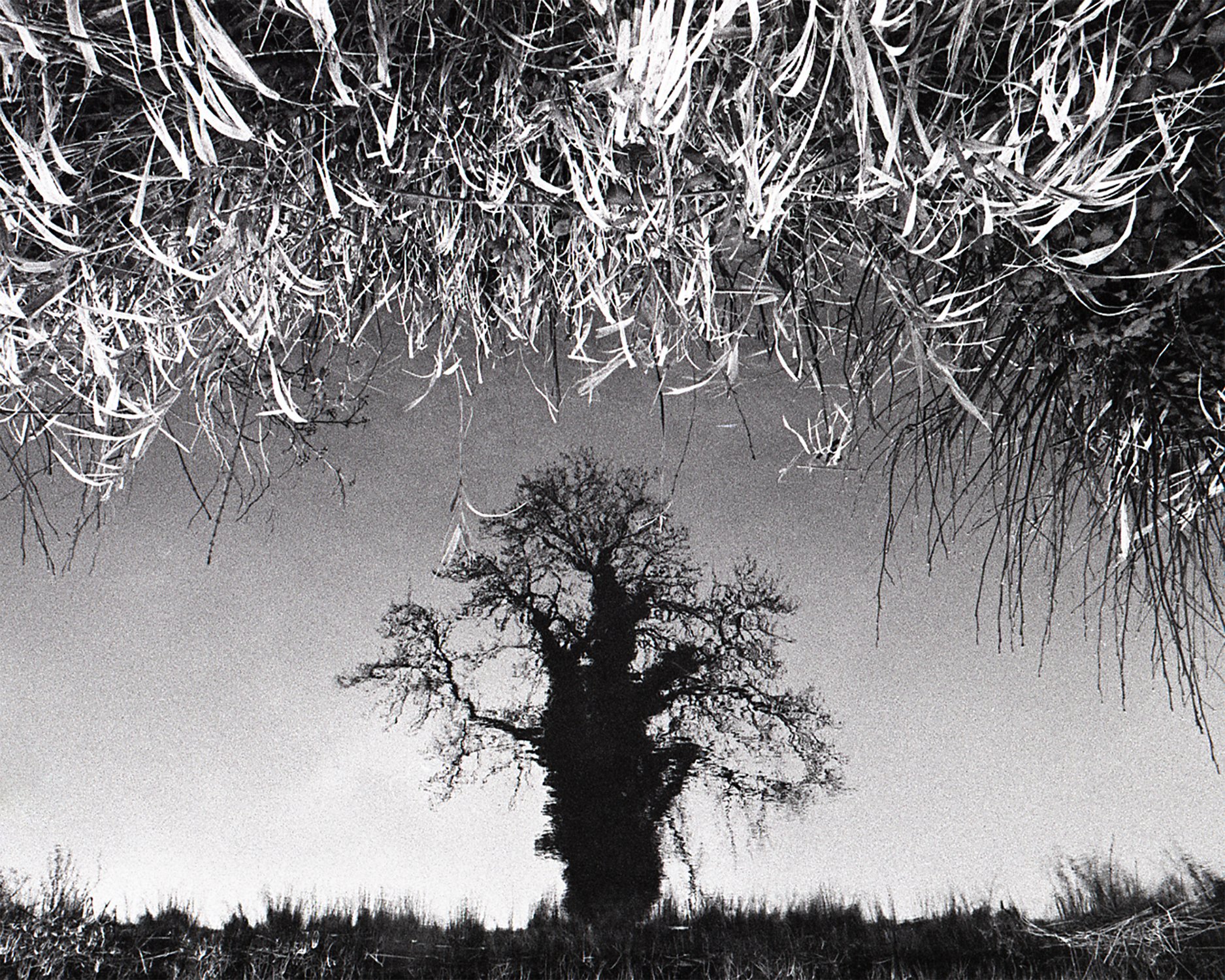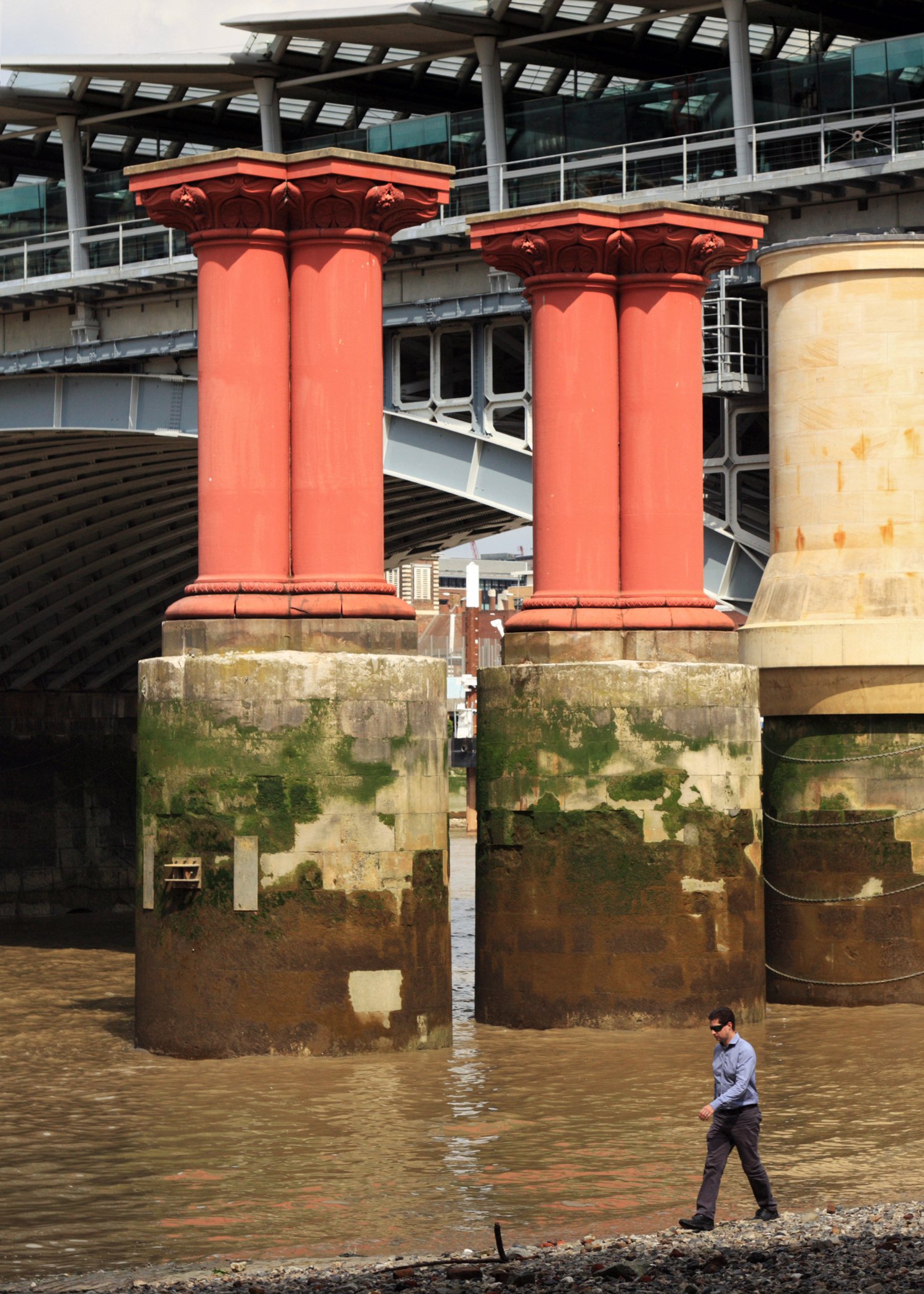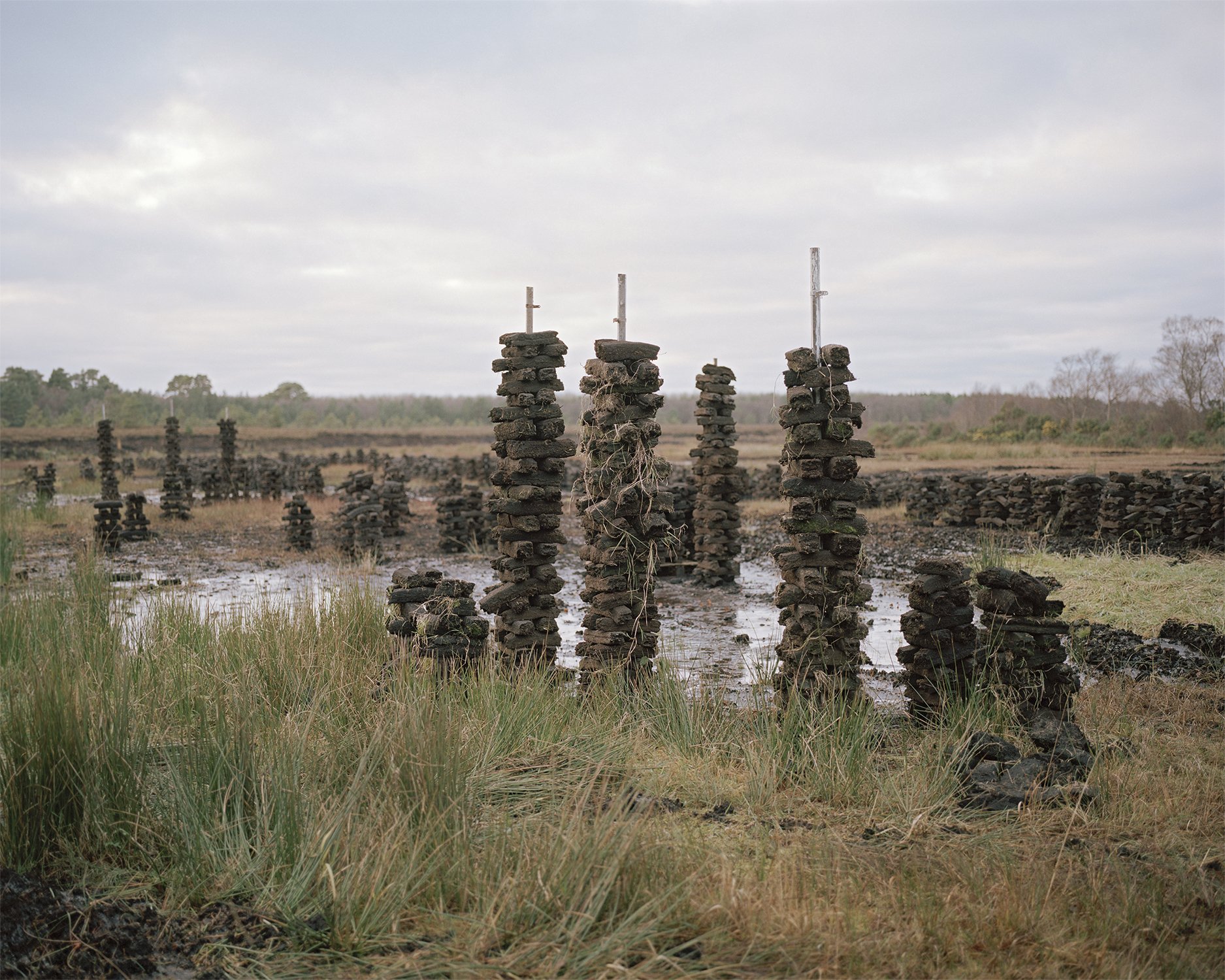My Career Change to Photography
Image from ‘Where Trees meet Water’ [2017]. Analogue image shot using Canon 1N camera with Tri-X 400 photographic film.
Reading Time 11mins
My First Steps
In 2016 I found myself at a crossroads in my life. I’d studied and worked as a structural engineer for 18 years and grown weary of it. Although it was an honourable and meaningful profession, it never felt like the right fit for me. I’d tried a number of different roles within the construction industry but none of them felt right either. I knew I needed to make a change and do something I was passionate about but I didn’t know what to change to.
I’d just returned to Ireland following 4 years in London and was back working with the company I’d worked with before I’d left. They were a great company who looked after their employees but I knew in my heart I needed to do something else, something which gave me the sense of self I craved.
Initially I entertained the idea of going back to college to do a degree in Film or Multimedia. I even went through the CAO process and met degree course providers. Luckily I got some sound advice from a good friend and decided not to pursue an undergraduate degree course. Instead I began looking at part time certificate courses, where I could get a taste of something new and see if I liked it without committing to a 3-4 year degree course. I wasn’t even sure I wanted to study but I felt I had to start somewhere and a certificate course seemed like a solid first step. The idea of learning something new really appealed and I was excited and energised by the opportunity to explore my creative potential.
In the Summer of 2016 I came across a part time certificate course in photography in NCAD which had piqued my interest back in 2012. It felt like a sign so I contacted the course provider and was told I needed to submit a portfolio, and the deadline was the next day. They granted me a few days leeway so I frantically pulled together a vaguely coherent project and some highlights from my hobbyist back catalogue and got my application in.
South Bank, London [2016]. Digital Image from my NCAD Submission Portfolio.
My Brief Photographic History
In 2008 I bought a Canon 450d with a mediocre zoom lens and a decent 50mm lens. The longer I used this set up the more I lost interest in photography. I’d bring the 450d on holidays or to events and shoot hundreds of photos without thinking about how or why I was taking them. I often felt overwhelmed by the mass of images I’d taken and seldom reviewed them afterwards.
Once in a while I’d take my camera somewhere isolated and marginal and I’d capture some images that resonated with me. When this happened I felt a certain kinship between photography, place and myself; where photography seemed to work for me. Aside from these intermittent moments, I usually felt like I was drowning when I used my digital SLR camera. I subsequently lost interest in photography between 2008 to 2016. Looking back I realise I had no connection with what I was photographing and I wasn’t thinking about what I was shooting or why.
South Bank, London [2016]. Digital Image from my NCAD Submission Portfolio.
My Photographic Rebirth
Despite my rushed application I got a place on the photography certificate course in NCAD and started in September 2016. The course lasted 6 months during which we completed 3 different projects; documentary, environmental portraiture and an open themed final project. For all these projects we had to produce a series of prints, and for the first project, at least one print had to be made in the darkroom. In the end I enjoyed using analogue so much I completed all 3 projects using 35mm black and white film and made all my prints in the darkroom. My love affair with analogue photography had begun.
One of the lecturers on the course (David Monahan) lent me a Canon 1N 35mm camera. The first day I took the camera home I loaded it with a roll of Ilford HP5 film. It felt right. I liked the weight of it and the feel of it. I went out to the back garden, where I was living in Dublin, and scanned for a decent spot to test the camera and make sure it was loaded correctly. I stood behind the little garden shed and pointed the camera at the intersection of the shed and neighbouring garden wall. I instinctively pushed the football at my feet into the frame to make it more interesting and moved the camera to explore variations in framing before I pressed the shutter and heard the satisfying sound of the motor in the camera rolling the film on. The camera was working and my photographic eye had awoken. I still look back on this first image and consider it to be the starting point of my new relationship with photography.
My back garden in Dublin [2016]. First Analogue image shot using Canon 1N camera with HP5 photographic film.
From the moment I started shooting analogue it felt right. I started to slow down and really look and notice. I spent a lot of time looking through the viewfinder deciding if I actually wanted to press the shutter. I began to consider the feeling of what lay within the viewfinder and how that changed with different framing and perspective. Shooting analogue opened up a new way of working within photography and I was excited by how I was now seeing and experiencing the world around me.
Where to Next?
During the NCAD course I’d reduced my working week to 3 days a week so I could spend more time shooting and researching my photography. I still wasn’t sure what I wanted for the future but I was really enjoying the course and the opportunity to learn as much as I could about research and project-based photography.
The lecturers mentioned the possibility of doing a Master in Photography in Belfast after we completed the NCAD course. A level 8 degree in any field along with the NCAD certificate would meet the eligibility requirements. When I found out it was a 2-year Masters I instantly dismissed any notions of doing it as it seemed like too big a commitment and I still wasn’t sure if photography was what I wanted to do long term. I continued with the course until it finished in March and then began preparations for our end of year show on the NCAD campus later that summer.
After finishing the course I began to miss it. I missed the structure of it, the critique sessions and the open-ended discussions around photography and art. The support network for developing my own work was gone. The joy and fear of sharing work and the growth that came from that was replaced with a sense of uncertainty and inertia.
I felt a hunger for more of what I’d learned on the NCAD course so I started to seriously consider the 2-year masters in Belfast. I provisionally applied for it and did an interview in the Belfast campus of Ulster University on the 2nd June 2017. I didn’t know what to expect but I took along the work I’d made during the NCAD course and my submission portfolio for same.
From the interview I felt they saw something in my work and its potential. One of the interviewer’s, a well-known social documentary photographer, spoke about the layers within photography and the impact of social, political and personal contexts. This sounded like a foreign language to me, where I only knew a few phrases and missed the deeper meaning but I wanted to know more and understand it better. Although I don’t recall everything from that interview, what I took away from it was; photography is more than just photographs. A few weeks later I received a letter of offer from the Masters course. At this point I felt really uncertain about what path to take but there was a part of me that knew it would be okay so I trusted it, accepted the offer and stepped into the unknown.
Genesis of ‘Beneath | Beofhód’
During the Summer of 2017, I began to visit places I found interesting and photographed them in the hope of finding a new project. One of these was our local bog in Kildare. I was now back living in my parent’s house and I’d begun to notice the tractors on the road bringing home the turf. I made 2 visits to the bog in July and shot 2 rolls of 35mm black and white film. I mostly photographed the turf footings and thought little more about it.
Early Black & White Bog Image [2017]. Analogue image shot using Canon 1N camera with Tri-X 400 photographic film.
Early Black & White Bog Image [2017]. Analogue image shot using Canon 1N camera with Tri-X 400 photographic film.
Later that year I started the Masters in Belfast. I attended once a week making the 4 hour round trip by car from Kildare. During my first semester I felt so out of my depth and I wondered if I’d bitten off more than I could chew. I’d given up art in first year of secondary school and was so naïve in terms of knowledge about art. I felt a lot of anxiety around this but on the flip side, I was like a sponge soaking up new information, ideas, philosophies, and histories. Over the 2 years I embraced research and learned to draw from the archive of life experience I already had.
As part of the Masters we had to complete a major photography project over the 2 years. In the previous certificate course I‘d completed 3 projects in 6 months and had no idea where to start with something this big. I struggled with the idea of choosing a project without a brief or any restrictions. In order to compensate for feeling out of my depth I believed I needed to do something ultra-conceptual and abstract so I kept positioning myself in that direction and trying to force it. Looking back I can see I was feeling overwhelmed and trying to mask it by looking clever and not getting found out.
Before the end of the first semester we had to decide what our final project would be and I still hadn’t found mine. During a critique sessions I tabled a bunch of images with different ideas and themes. I also had contact sheets of my analogue work from the last few months with me. These had thumbnail versions of all the images I’d shot. One of the lecturers looked through them and saw the bog images and asked; “what’s this?”. I started to talk about how locals harvested turf from bogs for domestic fuel, and about traditions in rural Ireland being under threat and how cutting turf is for many their last connection with the land. I mentioned my personal connection with the local bog and how my family had cut turf there for generations. I also spoke of how Bord na Móna had provided much employment in the area but how this was now in decline. Finally, I spoke about how turf cutting would likely become a thing of the past in the near future. In no uncertain terms I was told “that’s your project!”.
Would I consider shooting in colour?
Initially the bog felt too close and too familiar and it took a while for me to accept it as my project. Eventually I realised this project needed to be made and it was fitting that I be the one to make it.
I started to photograph the bog using a Mamiya 7ii camera with black and white film and continued to make prints in the darkroom but it just didn’t feel or look right. My mind was set on making prints in the darkroom using black and white film because this had worked for me before. I never considered doing it any other way until somebody asked; ‘would I consider shooting in colour?’.
I bought 4 different rolls of colour film from John Gunn and shot them over the Christmas break in 2017. When I got the negatives back I knew that colour was the way forward because the images just popped and felt right. Within that very first batch of colour negatives I also found an image I used to build my ongoing ‘Beneath | Beofhód’ project from. Since then I’ve used it as a template image to measure and assess new images and it remains my signature image for this project.
My Signature Bog Image - Tony's Footings, No. 27-07, from the series ‘Beneath | Beofhód’, 2018. Edition 1 of 5. Analogue image shot using a Mamiya 7ii camera with Portra 400 photographic film.
I struggled for a long time to figure out what my bog work was about. Once I realised bogs could be used as a vehicle to explore personal feelings alongside social, cultural and environmental concerns, using metaphor and symbolism, I began to find myself within the work and it started to blossom. Looking back it was the perfect project for me to find my feet, develop my photographic practice and learn about myself in the process.
The Future
Going forward I intend to write regular blogs exploring my photographic practice and various topics that interest me. I’ve a number of ideas already in progress and I hope to upload new blogs every month or so.
I intend to delve into the evolution of my practice and the process of how I work and why. I will give insights into my photography and unpack some of the struggles and challenges I’ve faced as I changed career and built my photographic practice.
I would very much appreciate any feedback, thought or ideas from my readers. If there are any topics within this blog you find particularly interesting please let me know and I’ll try to explore them deeper in future blogs.
Thanks for reading.
Shane Hynan






